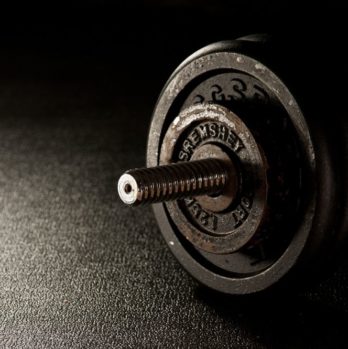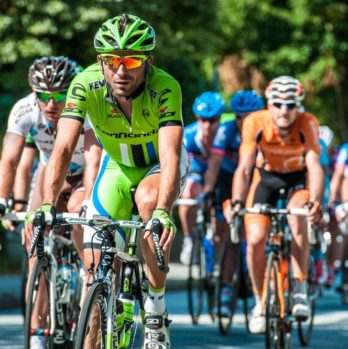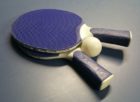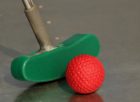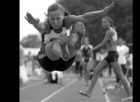Paralympics Curling: An In-Depth Look at the Sport

Introduction:
Paralympics curling is a fascinating and highly competitive sport played by athletes with physical disabilities. Similar to traditional curling, this adapted version of the sport requires skill, strategy, and teamwork. In this article, we will provide a comprehensive overview of paralympics curling, explore the different types of the sport, delve into its popularity, analyze quantitative measurements, discuss the variations within paralympics curling, and provide a historical review of its advantages and disadvantages.
1. Overview of Paralympics Curling:
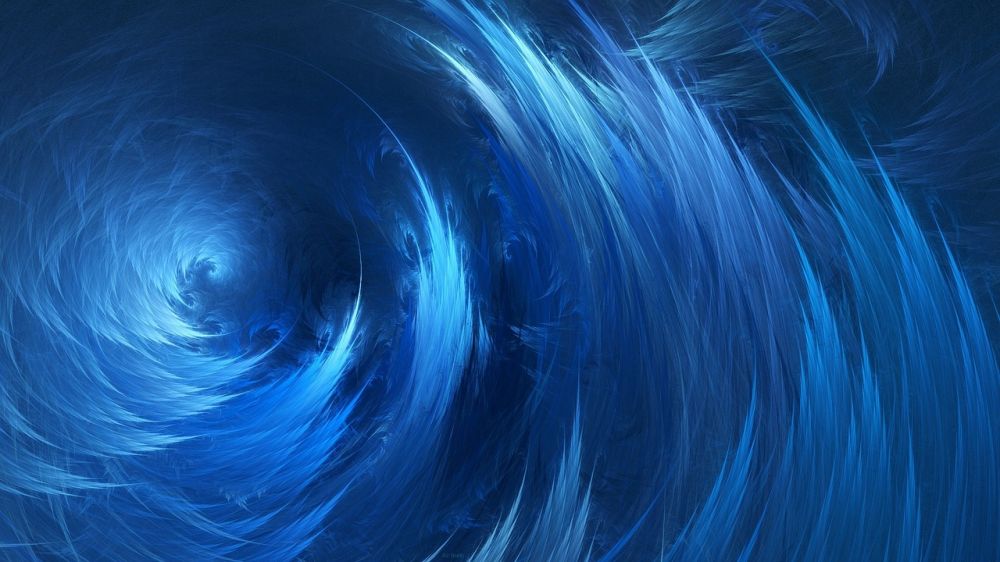
Paralympics curling, also known as wheelchair curling, is a winter sport that emerged in the early 2000s. It was first introduced as a demonstration sport during the 2002 Winter Paralympics and became a full medal event in 2006. The sport follows the same basic principles as traditional curling but with specific adaptations for individuals with physical impairments.
2. Types and Popularity of Paralympics Curling:
There are two main types of paralympics curling: seated and standing. Seated curling is played by athletes who use a wheelchair, while standing curling is for individuals with standing balance impairments. Both types require players to strategically deliver stones towards a target while sweeping to modify the stone’s direction and speed.
Paralympics curling has gained significant popularity worldwide. It is played in various countries, and numerous international championships are held regularly. Competitions like the Paralympic Games and World Wheelchair Curling Championship attract top athletes from all over the globe.
3. Quantitative Measurements in Paralympics Curling:
Quantitative measurements play an important role in assessing performance and tracking progress in paralympics curling. Various metrics are used to analyze factors such as shot accuracy, sweeping effectiveness, and overall team performance. Statistics on stone placement, scoring efficiency, and sweeping speeds can provide valuable insights for teams and coaches to improve their game.
4. Variations within Paralympics Curling:
Despite the overall similarities, there are notable differences between seated and standing paralympics curling. Seated curling requires athletes to maneuver their wheelchairs while playing their shots, adding an extra level of complexity. Standing curling, on the other hand, involves individuals with standing balance impairments, who use devices for support. These variations call for different strategies and techniques, making the sport diverse and engaging for both participants and spectators.
5. Historical Review of Advantages and Disadvantages:
Over the years, paralympics curling has evolved, benefiting from advancements in equipment, technology, and inclusivity. Advantages of the sport include increased accessibility for individuals with disabilities, improved social integration, and opportunities for competitive play. However, there are also challenges, such as the need for specialized equipment, financial constraints, and limited awareness among the general public.
Conclusion:
Paralympics curling is an exciting sport that provides athletes with physical disabilities the chance to compete at the highest level. It offers a unique blend of competition, strategy, and teamwork while promoting inclusivity and diversity. The sport continues to grow in popularity worldwide, showcasing the remarkable talent and abilities of its participants.
[INSERT VIDEO HERE]
By providing a comprehensive overview of paralympics curling, exploring its various types, discussing quantitative measurements, analyzing variations, and reviewing its historical advantages and disadvantages, this article aims to educate and engage readers in understanding the intricacies and significance of this remarkable sport.
